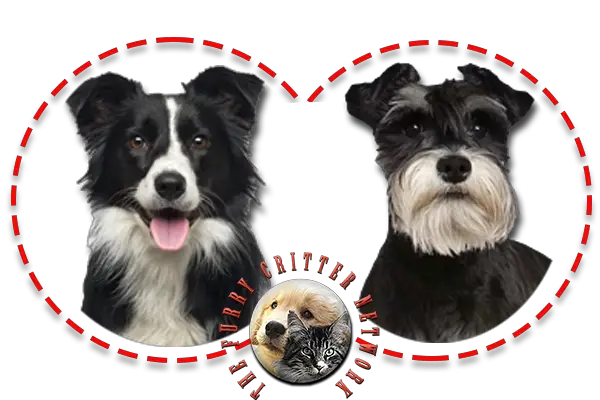Border Collie Breed Description - Cross #1
The Border Collie is a breed of herding dog that originated in the border country of England and Scotland. They are widely regarded as the most intelligent dog breed. Border Collies are highly energetic, and as a result have a tendency towards neurotic or destructive behavior if not given enough to do. They are still frequently used on farms all over the world for assisting with the handling of livestock, and they have also become popular as pet and sport dogs. Though known to be reserved with strangers, these dogs can also be protective of a human family member and affectionate to those they know.
In general, Border Collies are medium-sized dogs without extreme physical characteristics and a moderate amount of coat. Their double coats can be anywhere from slick to lush, and can come in many colors, although black and white is by far the most common, and therefore the most common in public perception. Black tricolor (black/tan/white), red and white, red tricolor (red/tan/white) also occur regularly, with other colors such as blue and white, red merle, blue merle, "Australian red," sable and brindle seen less frequently.
Eye color varies from deep brown to amber or blue with occasionally one eye of each color, usually seen with merles. The ears of the Border Collie are also highly variable, some have fully erect ears, some fully dropped and others are semi-erect (similar to that of the Rough Collie). Although working Border Collie handlers sometimes have superstitions about the appearance of their dogs (handlers do not prefer red dogs, or mostly white dogs), in general a dog's appearance is considered to be irrelevant. It is considered much more useful to identify a working Border Collie by its attitude and ability than by its looks.
Those dogs bred for the conformation ring are more homogeneous in appearance than working Border Collies, since to be successful show dogs they must conform to breed club standards that are specific on many points of the structure, coat and color. Kennel clubs specify, for example, that the Border Collie must have a "keen and intelligent" expression, and that the preferred eye color is dark brown. In deference to the dog's working origin, scars and broken teeth received in the line of duty are not to be counted against a Border Collie in the show ring.






